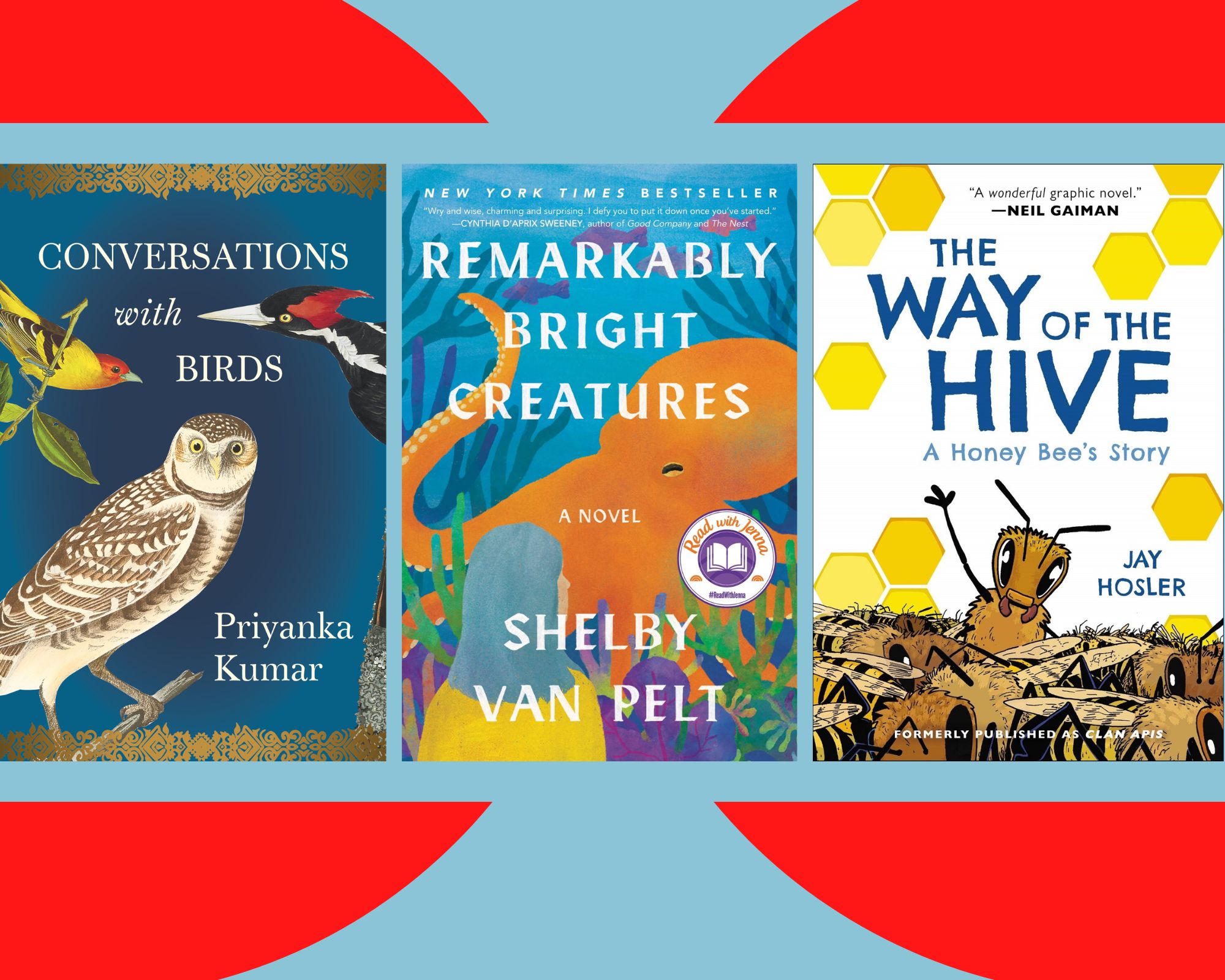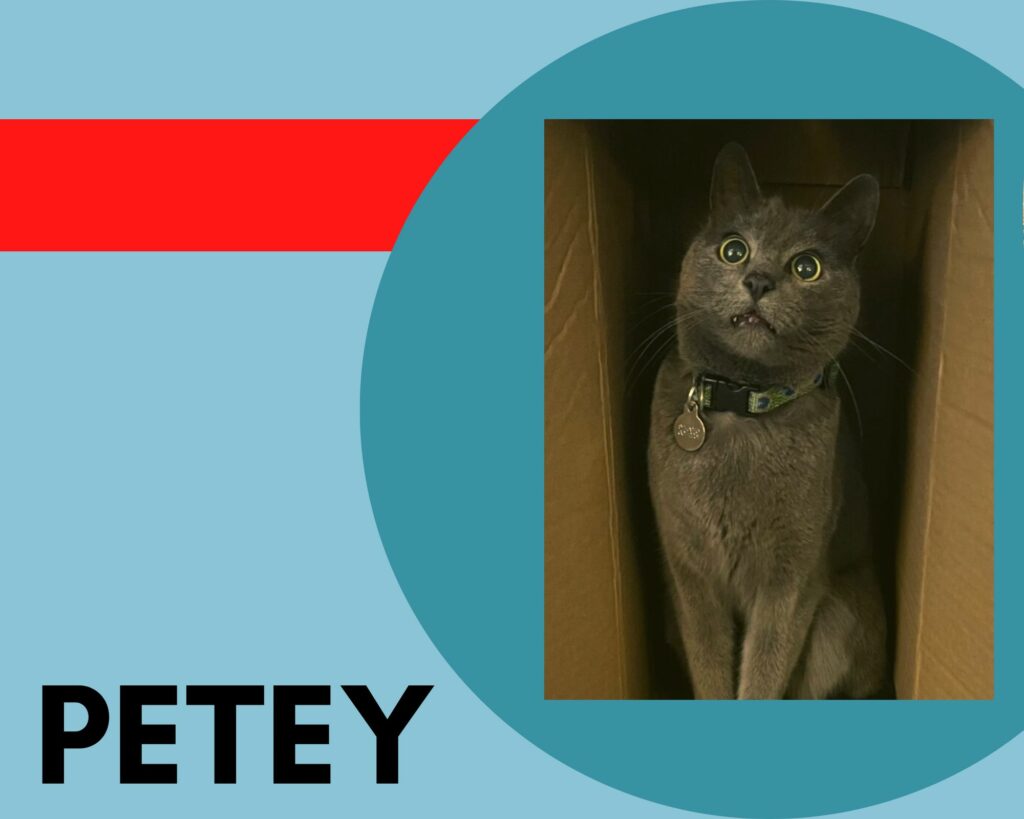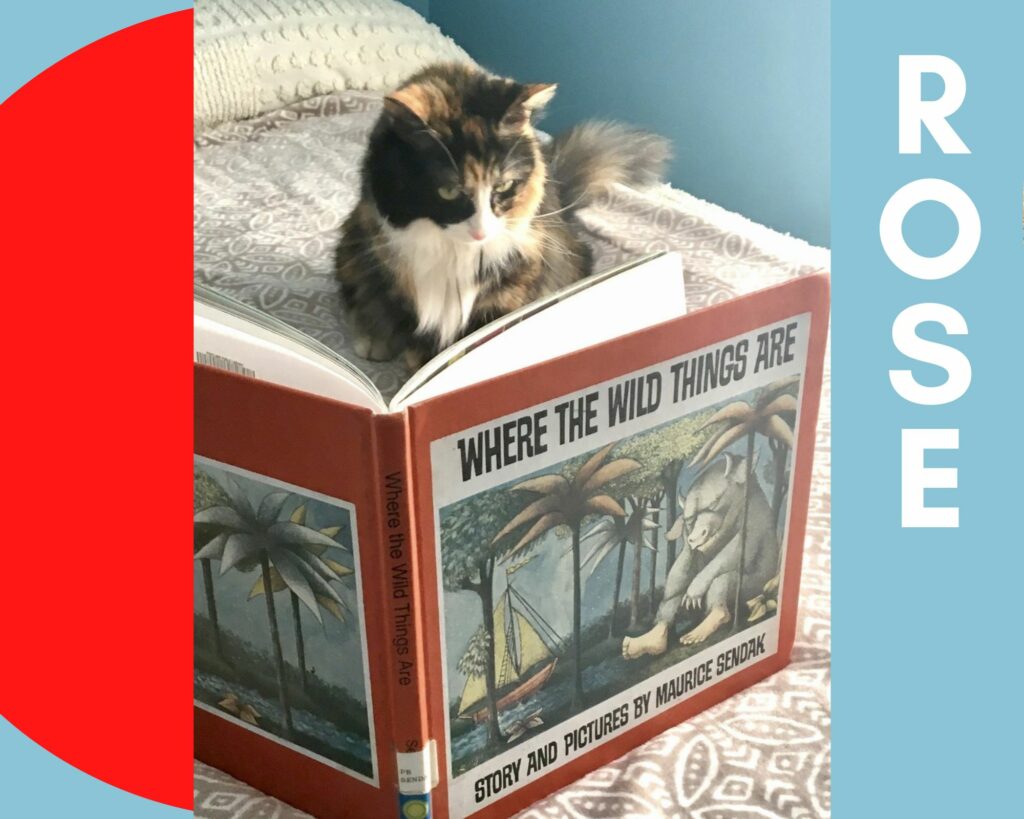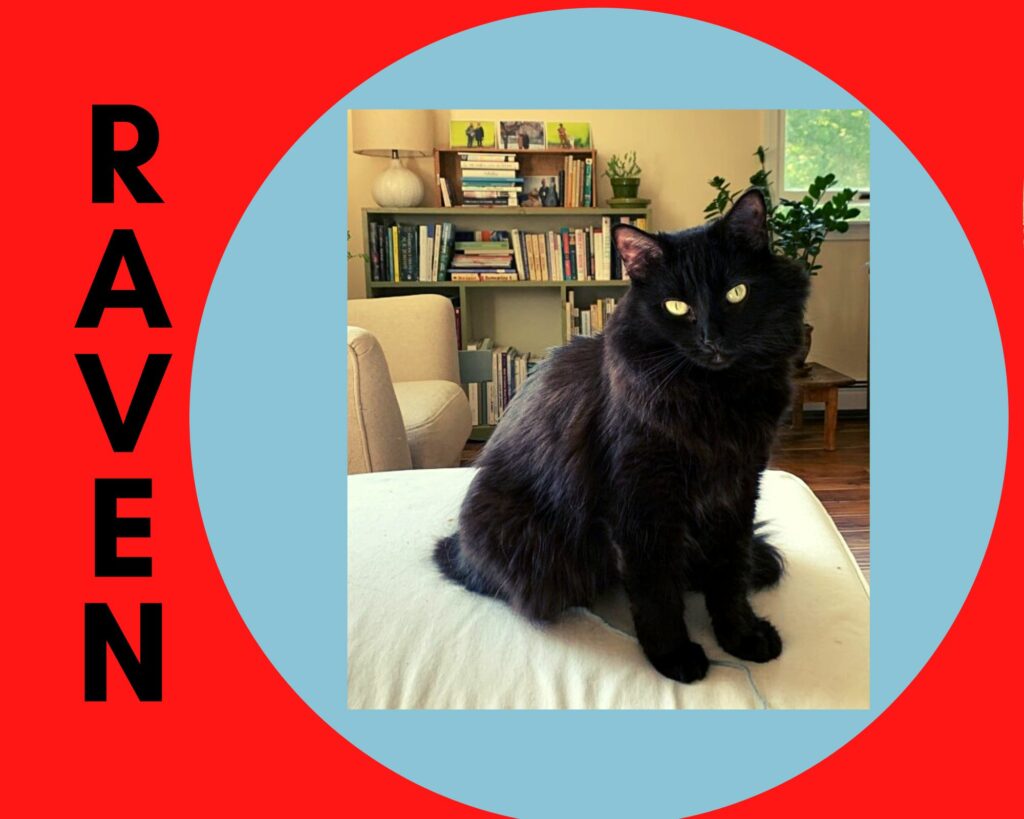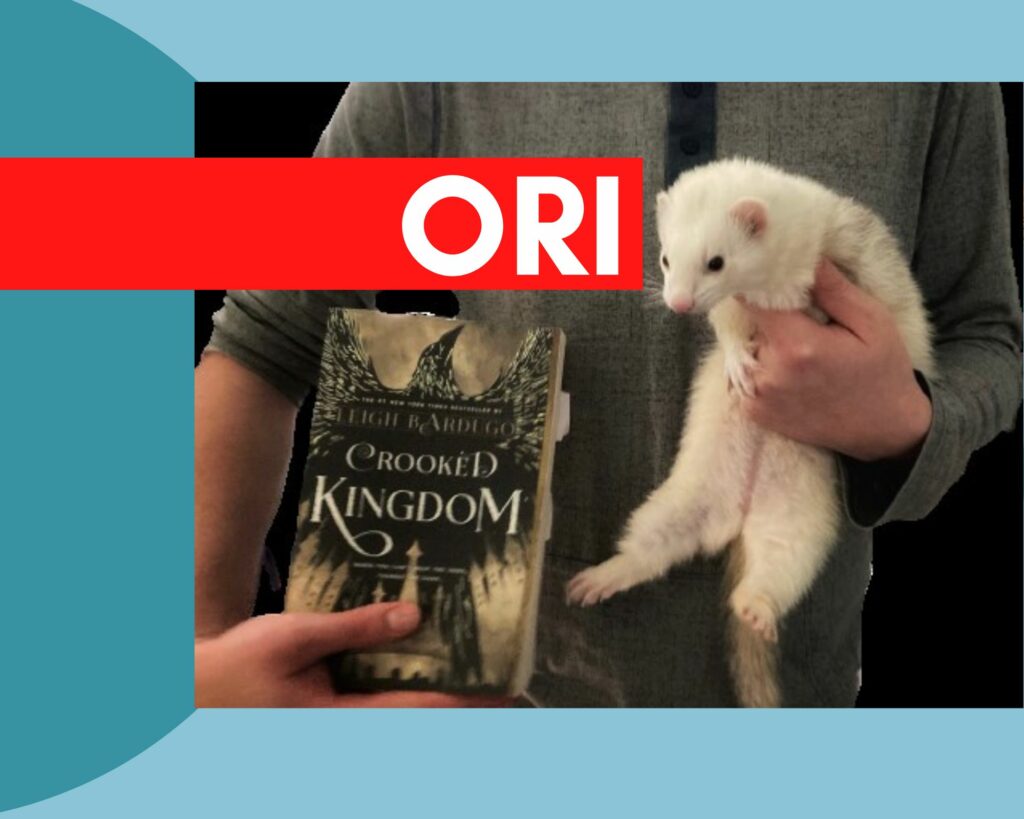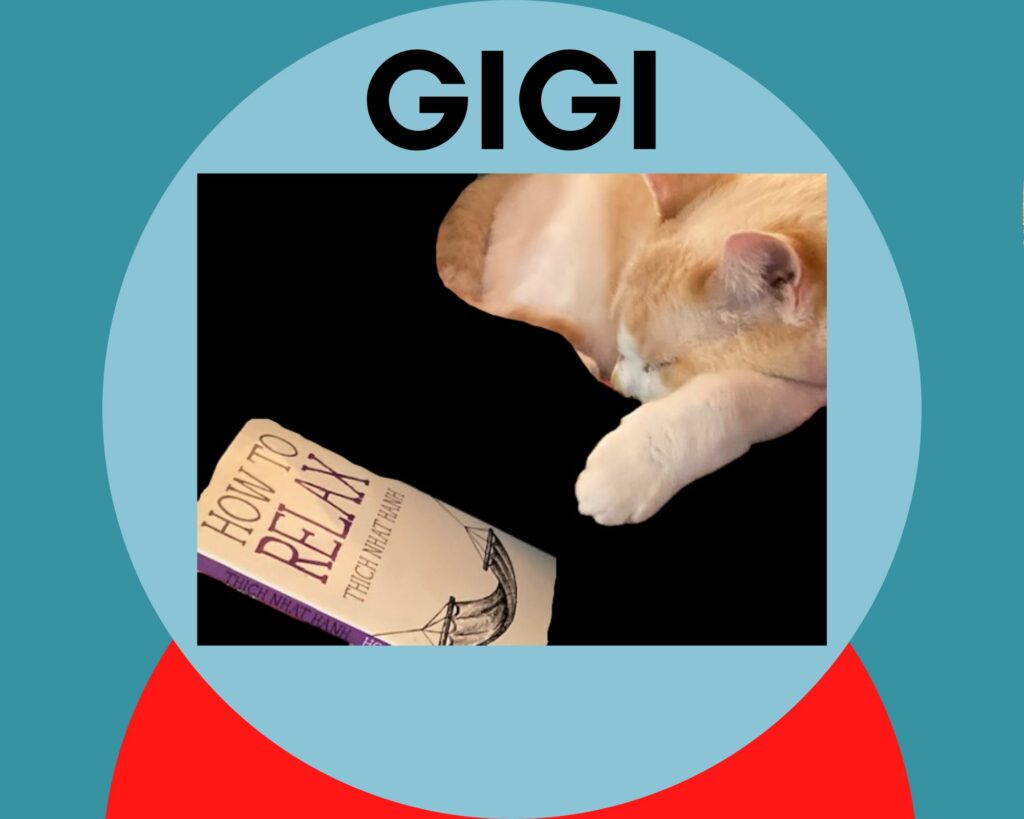MEET SARA, TEEN LIBRARIAN EXTRAORDINAIRE
posted: , by Heather Wasklewicztags: Adults | Teens | Teen Reads | Teen Events | Teen Health | Parents & Teachers | News
Sara Fiorenza has a background working in reference and teen services at Queens Public Library and brings a strong user education and library instruction skill to her role.
Additionally, Sara was a leader on the Summer Reading and LGBTQ+ Allies committees at QPL and single-handedly curated a refresh of QPL’s Queer collection and was instrumental in outreach efforts to support queer youth.
“It is my absolute pleasure to be working with the teen patrons of PPL and the staff who support them. In coming out of a world in Covid-19 lockdown I seek to create a safe place where teens can hang out, attend programs, or browse the collection. While there are many unique parts of the teen collection, I think my favorite to highlight would be the video games. You check them out just like books!” – Sara Fiorenza | PPL Teen Librarian
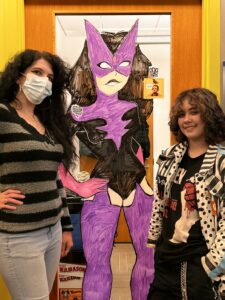
In this photo, Sara (left) power poses in front of her office door, which features her favorite character, DC Comics’ Star Sapphire, painted by teen intern and artist Rylee Knight. We are thrilled to have her on the PPL team!


